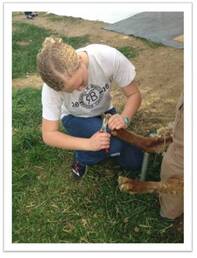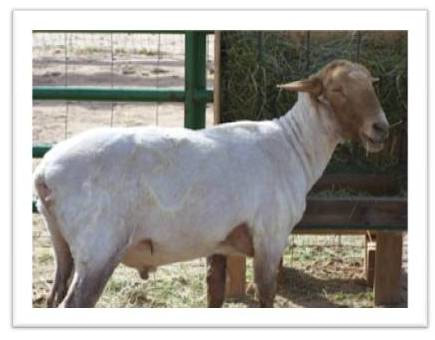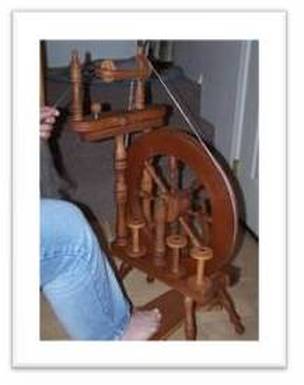|
WHY
Sheep were among the first animals to have been domesticated by humans and there is evidence of sheep farming in Iranian statuary from between 11,000 and 9,000 BC. We have a responsibility for the well-being of domestic animals, and regular shearing requires shepherds and shearers to have hands-on time with the sheep under their care. Because a fleece can weigh 12-15 pounds (or more) even in the desert, more than a year's growth of fleece becomes a stressful burden of extra weight and extra heat for a sheep to carry. Regular shearing means that sheep get checked for parasites or hidden wounds, needed medications and vaccines can be given, and hooves trimmed. The tangible "payback" for this responsibility is the sheep's glorious fiber, tasty meat, or darling lambs. There is also no small satisfaction in filling a stewardship role to the best of one's ability. |
|
|
|
HOW
Shearing is a dying craft, particularly in places like southern Arizona, where hobby farms and artisanal flocks hold the majority of sheep, which are tiny in number at best. Naturally as absolute sheep numbers diminished, so did the number of shearers. The first three we called apparently had enough business that they needed not even to return phone calls. We were lucky to find Jerry Ladd, who sheared for us for eight years before moving out of state. Currently we are using Mick Hoffman who shears both in the U.S. and in Australia. Shearing day also involves a general checkup for sheep health and skirting the fleece. |


